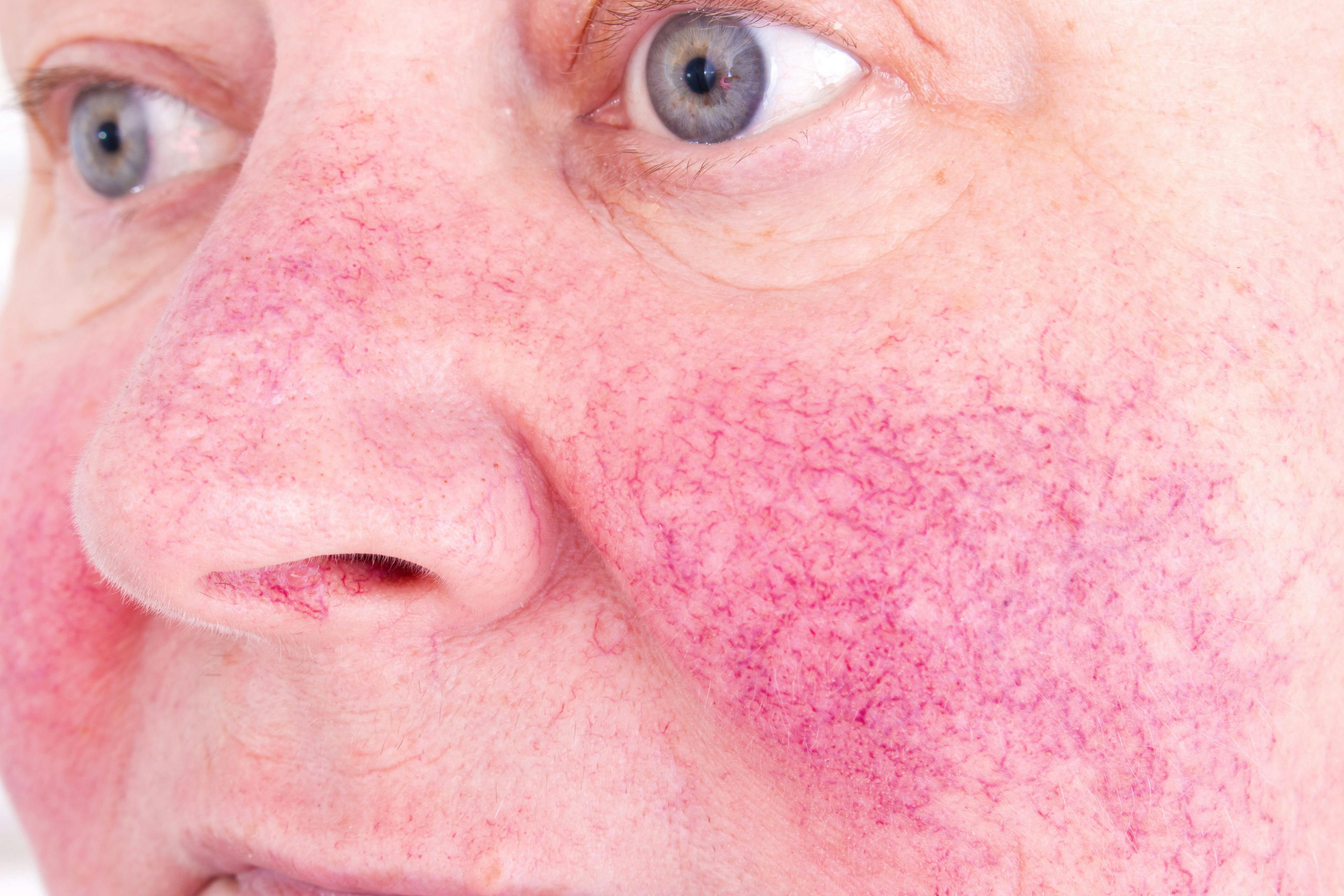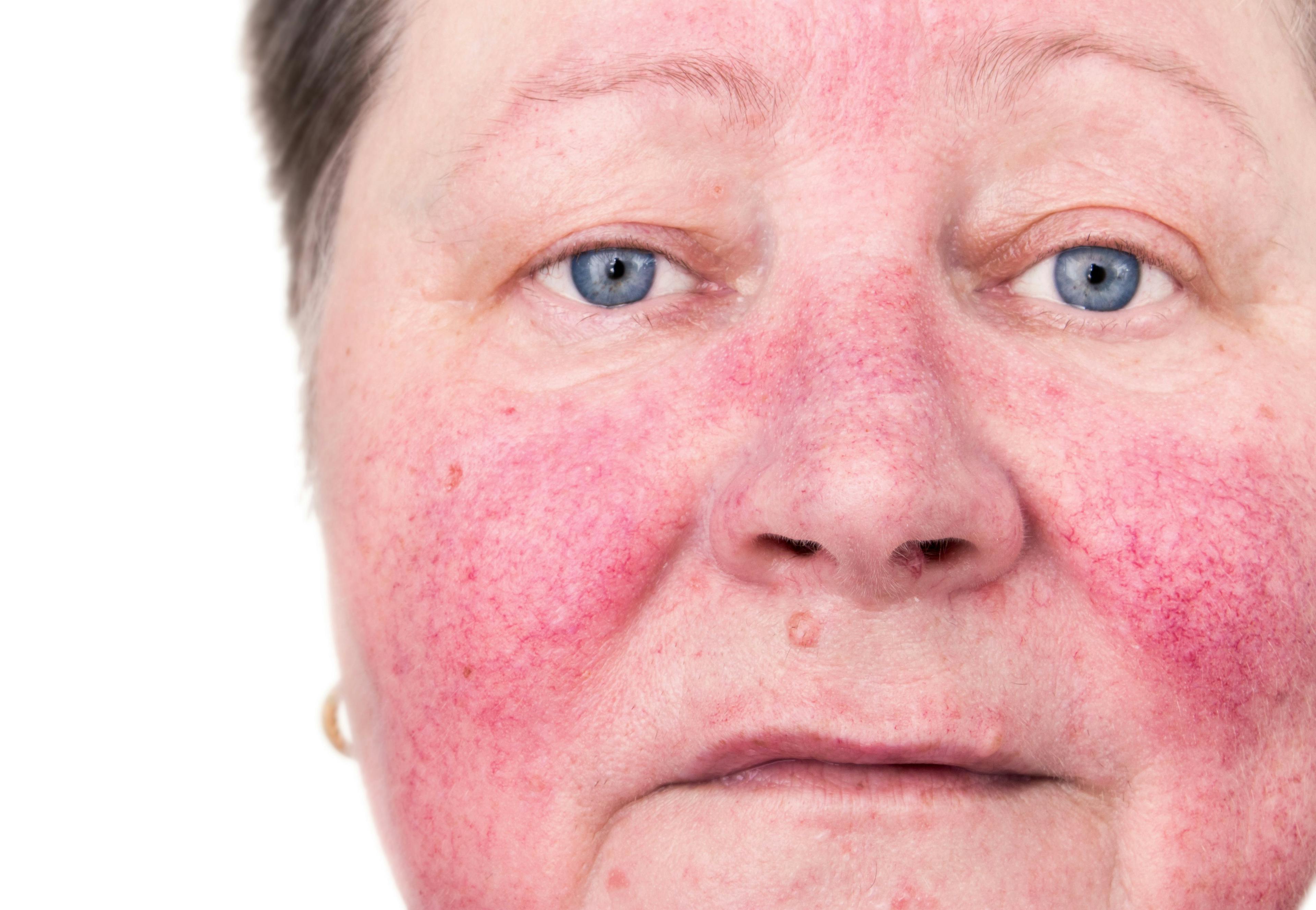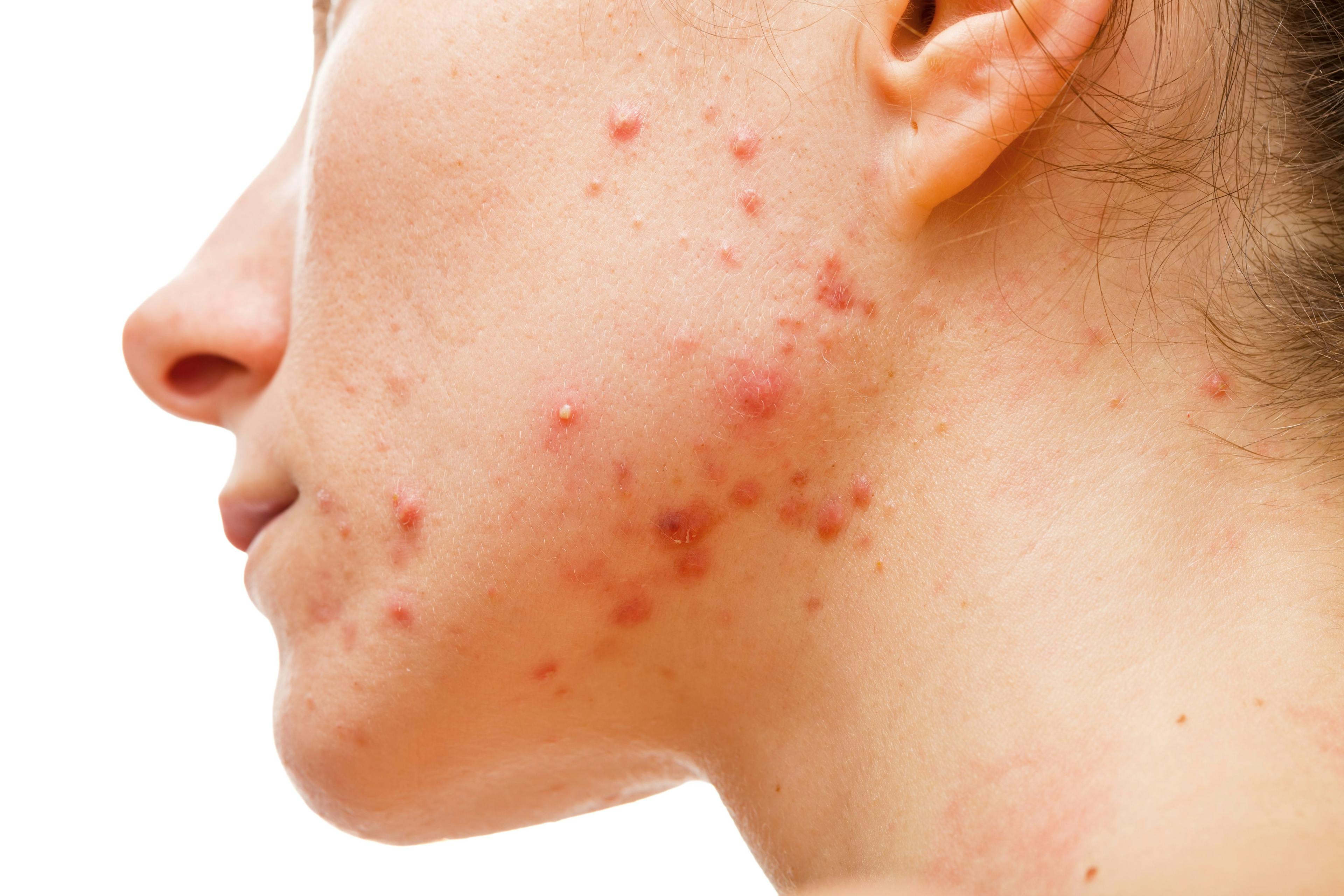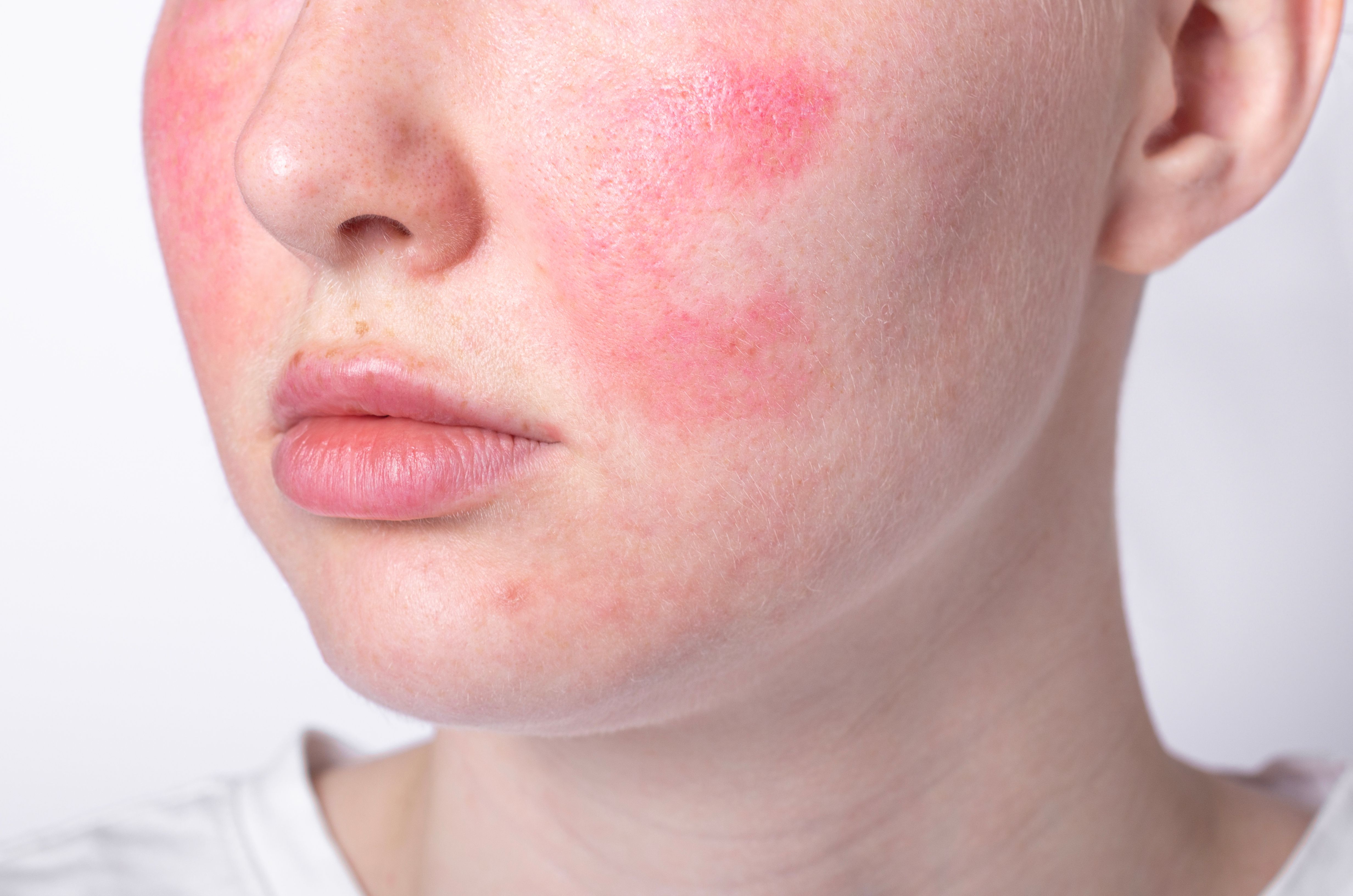- Acne
- Actinic Keratosis
- Aesthetics
- Alopecia
- Atopic Dermatitis
- Buy-and-Bill
- COVID-19
- Case-Based Roundtable
- Chronic Hand Eczema
- Drug Watch
- Eczema
- General Dermatology
- Hidradenitis Suppurativa
- Melasma
- NP and PA
- Pediatric Dermatology
- Pigmentary Disorders
- Practice Management
- Precision Medicine and Biologics
- Prurigo Nodularis
- Psoriasis
- Psoriatic Arthritis
- Rare Disease
- Rosacea
- Skin Cancer
- Vitiligo
- Wound Care
Publication
Article
Dermatology Times
Insights on rosacea in skin of color
Author(s):
Rosacea is often underdetected and misdiagnosed in skin of color patients. This expert wants to increase dermatologists’ awareness of how rosacea might present differently in skin of color and how best to treat it without causing post-inflammatory hyperpigmentation.
Dr. Desai

Rosacea might be underdetected and often misdiagnosed in skin of color patients, according to Plano, Texas, dermatologist Seemal R. Desai, M.D., FAAD, immediate past president of the Skin of Color Society and author of a review and clinical practice experience on rosacea in skin of color published June 2019 in the Journal of the American Academy of Dermatology.
Misdiagnoses could result in inappropriate and inadequate treatment. Delays in the diagnosis could result in greater morbidity and uncontrolled, progressive disease with disfiguring consequences, including phymatous rosacea, the authors report.
RELATED: Skin issues that affect patients with skin of color
Dr. Desai says it’s important to increase dermatologists’ awareness of how rosacea might present differently in skin of color and how best to treat it without causing post-inflammatory hyperpigmentation or other sequelae.
“I think the thing to think about with rosacea in skin of color is recognizing that erythema may look different. It may look brown. It may have a more brownish, purplish color,” Dr. Desai tells Dermatology Times.
MAKING THE DIAGNOSIS
Among the clinical characteristics of rosacea in skin of color: Patients often have experienced symptoms for longer than a year; women are more likely to present with rosacea symptoms; and papules and pustules are usually present - more commonly so than persistent facial erythema, the review authors write.
“Patients with skin of color may not know they have rosacea because they have not been able to appreciate the redness on their skin but may have symptoms of burning, stinging and flushing,” Dr. Desai says. “It’s important to really frame that dialogue and have that discussion.”
Dr. Desai, who says he very frequently sees rosacea in skin of color patients, says dermatologists and other providers should consider several possibilities in differential diagnoses. Those include sarcoidosis; connective tissue disease, like lupus; contact dermatitis; as well as considering that just because someone has darker skin doesn’t mean that patient doesn’t have rosacea. Other differential diagnoses are acne vulgaris, steroid acne, seborrheic dermatitis, periorificial dermatitis, facial Afro-Caribbean childhood eruption, keratosis pilaris rubra and dermatomyositis, according to the paper.
When diagnosing rosacea in skin of color patients, dermatologists should look for flushing, burning and stinging, long-term symptoms, typical rosacea triggers and family history, among other signs. The rosacea will usually be concentrated centrally on the face. Taking photographs on a blue background or blanching can help to determine if there’s erythema. Other tools dermatologists can use to diagnose rosacea in patients with darker skin types are dermoscopy to see telangiectasia and skin biopsy, when needed.
RELATED: IL-17 inhibitors may fill treatment gap in rosacea
“Another key sign to consider is the presence of facial acneiform papules and pustules, which are often present with rosacea in skin of color,” the authors write.
TREATING ROSACEA IN DARKER SKIN TYPES
Dr. Desai says he often uses the same topical medications in his skin of color patients as he does in non-skin of color rosacea patients.
“When we’re talking about topical treatment, it depends on if the patient has erythematotelangiectatic rosacea or papulopustular rosacea,” Dr. Desai says.
Dermatologists would want to make sure patients on topical treatment are responding, according to Dr. Desai.
“Let’s say we have someone who has redness and bumps or redness and acne, those patients may require a vasoconstrictive agent in the morning, like a topical brimonidine or topical oxymetazoline, and then I may put them on a topical ivermectin at night. Some of these things may be done in an off-label fashion. I want to make sure that’s clear,” he says. “But it’s a challenge. We want to make sure we’re addressing multiple things. Some of these patients also need oral antibiotics and anti-inflammatories, like a low-dose doxycycline.”
Use of cosmeceuticals and sunscreens are yet another aspect of rosacea treatment in skin of color.
“You want to make sure to recommend cosmeceuticals to skin of color patients but, for example, if you’re going to recommend something that is thick and has a whitish texture, for example non-micronized zinc oxide, that patient is probably not going to use it,” he says. “I like to use things that contain niacinamide, for anti-redness.”
RELATED: Link between rosacea and systemic inflammatory diseases
Dr. Desai says he might recommend a topical in the morning that contains azelaic acid or metronidazole, as well as a sunscreen. He prefers a tinted sunscreen if patients can tolerate it on their skin. In the evening, he might recommend a cosmeceutical.
Dr. Desai is more cautious when using physical modality treatments, such as laser therapy or intense pulsed light, on skin of color. While Dr. Desai might use these devices in lighter skin type rosacea patients to block the vessels, he says their use in skin of color can make pigment darker, resulting in post-inflammatory hyperpigmentation.
“It’s a tricky nuance,” Dr. Desai says. “You would not want to use ablative laser resurfacing in a skin of color patient. With intense pulsed light (IPL), you’d want to be careful about the settings because the heat and trauma could burn and damage the skin and cause post inflammatory hyperpigmentation. You could use pulsed dye or vascular lasers but the settings have to be where you’re not going to harm and damage the skin.”
Goals of treatment should be to clear or reduce papules and pustules, avoid post-inflammatory hyperpigmentation and suppress erythema and inflammation for the long term. The authors recommend providers define patients’ treatment goals, while educating patients about disease chronicity and triggers.
Patient education is important to ensure the patient knows how to use multiple therapies, as well as understands rosacea is a chronic skin disease.
RELATED: Skincare for skin of color patients
“We also like to help these patients recognize dietary and lifestyle triggers that can trigger their rosacea,” Dr. Desai says.
He recommends patients keep a diary, making note of rosacea flares and whether something triggered them – paying special attention to what they ate and drank in the days prior, if they were sun exposed or lacked sleep and drank more caffeine than usual.
Maintaining positive outcomes is important, according to Dr. Desai. And that takes follow up. Dr. Desai usually sees his rosacea patients at 4- to 6-week follow-up appointments, to see how they’re responding to treatment.
“Rosacea is not as clear cut as even acne in some circumstances, because the disease can be so polymorphous,” he says.
Disclosures:
Allergan funded the research. Dr. Desai has served as a consultant and investigator for Allergan, but reports he has no conflicts of interest in relation to this specific article.
References:
Alexis AF, Callender VD, Baldwin HE, Desai SR, Rendon MI, Taylor SC. Global epidemiology and clinical spectrum of rosacea, highlighting skin of color: Review and clinical practice experience. J Am Acad Dermatol. 2019;80(6):1722-1729.e7.
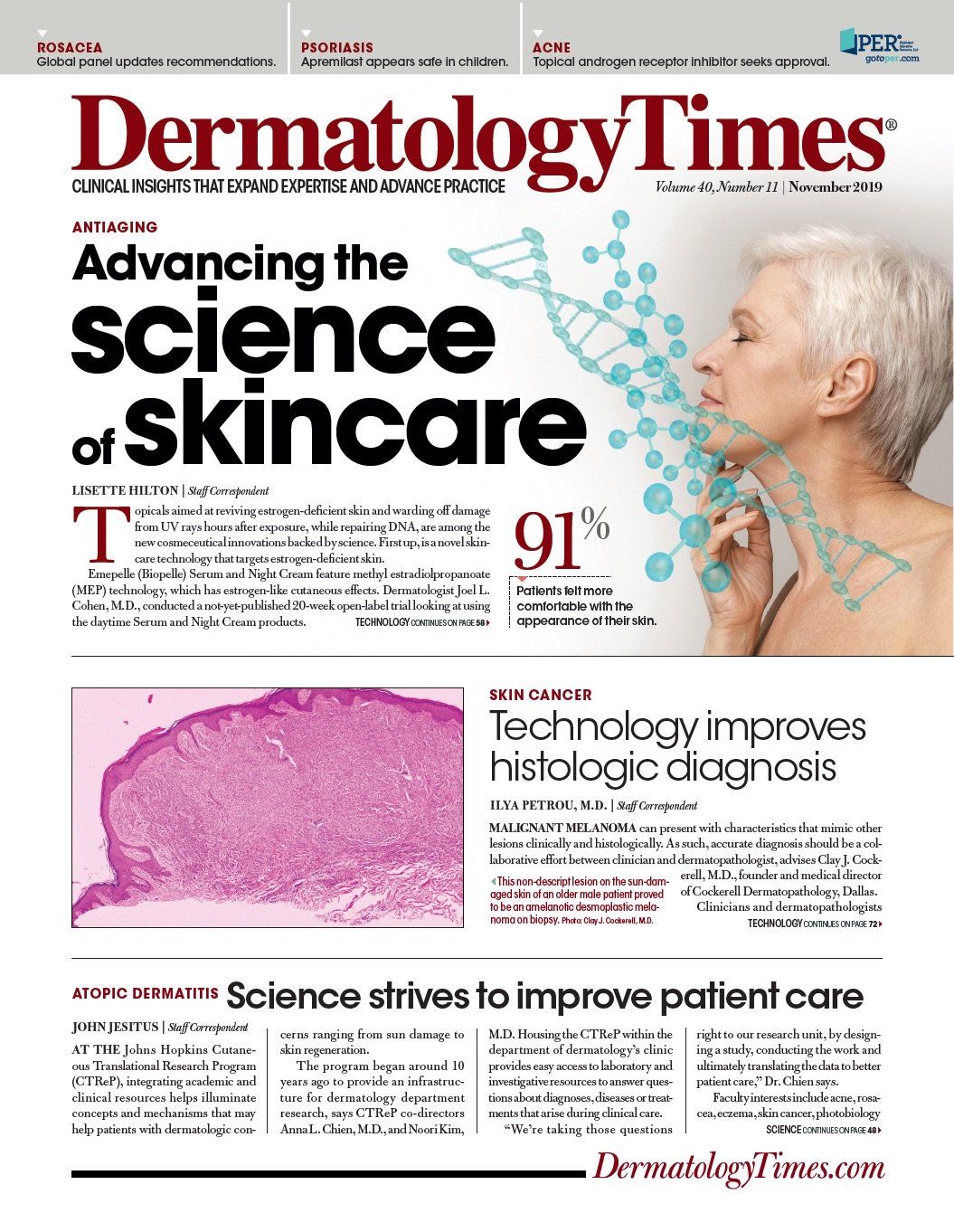
Newsletter
Like what you’re reading? Subscribe to Dermatology Times for weekly updates on therapies, innovations, and real-world practice tips.









